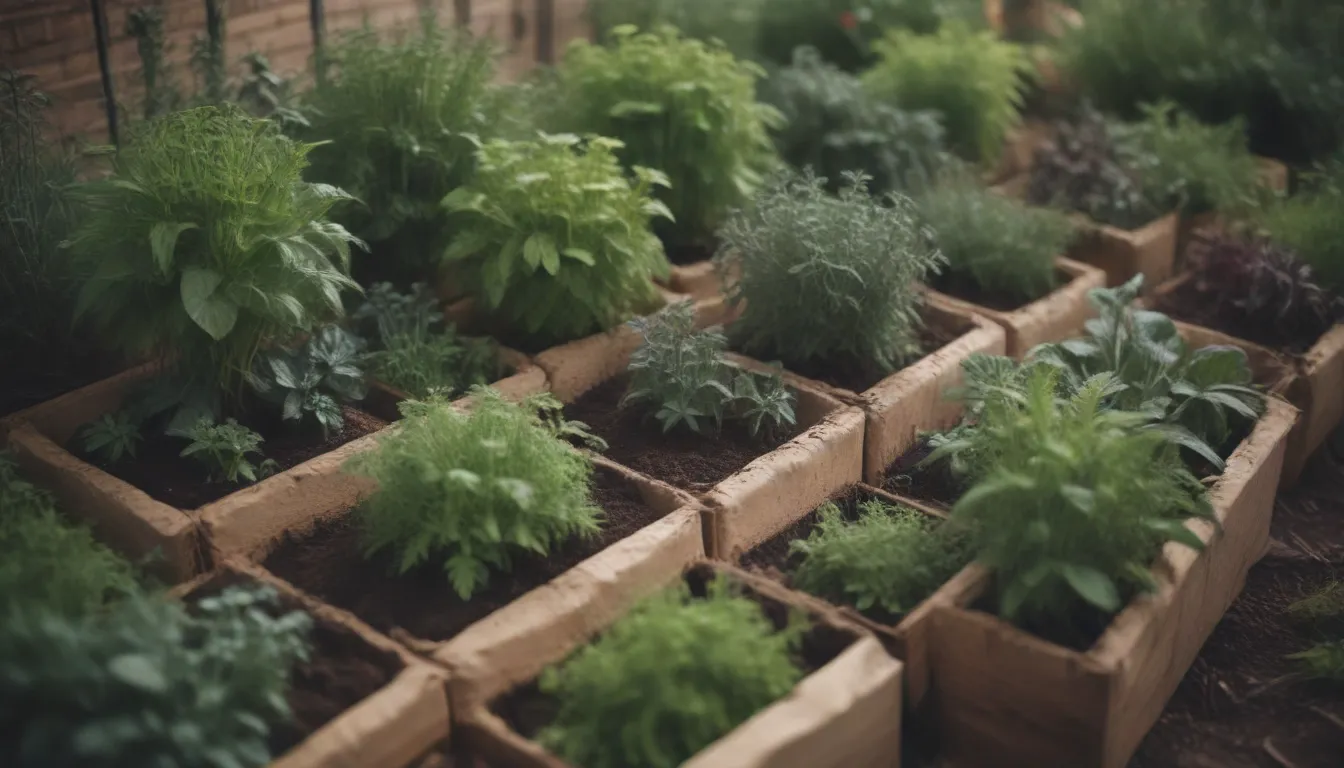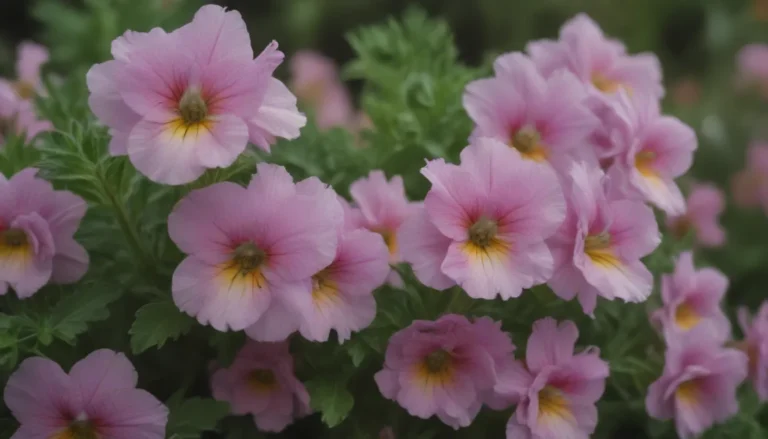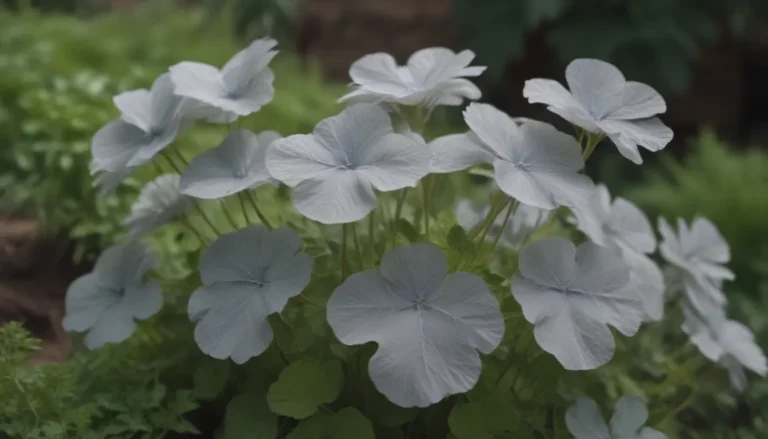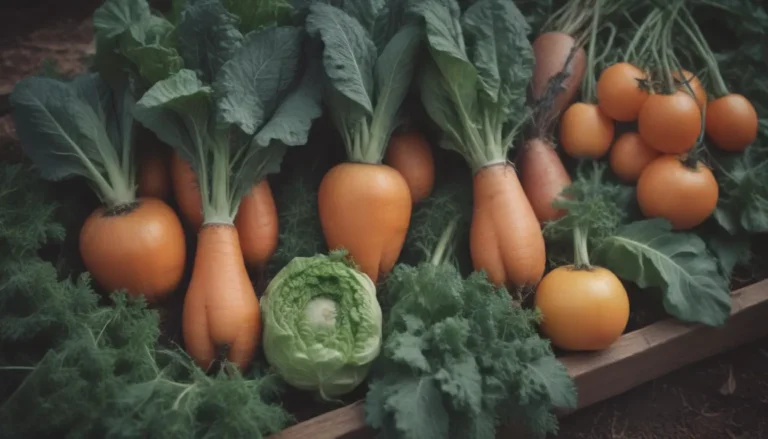A Complete Guide to Companion Planting: What Herbs Can Be Planted Together?

Are you looking to create a thriving herb garden that not only looks beautiful but also benefits from the natural relationships between plants? Companion planting herbs is a great way to achieve this! By strategically pairing herbs together, you can deter pests, enhance pollination, improve soil health, and create a more aromatic garden all season long.
In this comprehensive guide to companion planting, we will explore 14 herb combinations that work well together. From boosting flavor to repelling pests, these herb pairings will help you create a harmonious garden that thrives. So grab your gardening tools and let’s get started!
Why Companion Plant Herbs?
Before we dive into the specific herb combinations, let’s first understand why companion planting herbs is beneficial for your garden. According to Daniel Powers, founder of The Botanical Institute, companion planting herbs offers several advantages:
- Deter pests: Certain herbs have natural pest-repelling properties that can protect your garden from harmful insects.
- Enhance pollination: By attracting beneficial insects like pollinators, you can improve the overall health of your garden.
- Improve soil health: Some herbs can help improve soil quality by adding nutrients and promoting beneficial soil microorganisms.
By paying attention to factors such as plant families, size, heat tolerance, sun requirements, and annual or perennial nature, you can create a successful companion planting scheme that suits your garden space and climate.
14 Herb Combinations for Companion Planting
Let’s explore some of the best herb combinations that can be planted together to create a thriving garden. These pairings have been carefully selected based on their compatibility and mutual benefits:
Chives and Parsley
- Benefits: Boosts flavor, repels aphids and beetles
- Why it works: Chives offer a pungent tang to parsley and help protect delicate parsley plants from pests.
Lavender and Rosemary
- Benefits: Shared growing conditions, colorful blooms
- Why it works: Lavender and rosemary thrive in full sun and well-drained soil, making them ideal companions for a vibrant garden.
Basil and Oregano
- Benefits: Pest repellent, similar growing conditions
- Why it works: Both herbs repel pests and enjoy similar growing conditions, making them a natural pairing in the garden.
Chives and Rosemary
- Benefits: Different root depths, less competition
- Why it works: Chives and rosemary have varying root depths, reducing competition for resources like water in the soil.
Sage and Thyme
- Benefits: Less water requirement, compatible growing conditions
- Why it works: Thyme and sage thrive in dry conditions and can support each other’s growth in the garden.
Lavender and Sage
- Benefits: Dry, sunny conditions, pest repellent
- Why it works: Both herbs prefer hot climates and less water, making them a perfect match for each other.
Marjoram and Basil
- Benefits: Improved flavor, aromatic environment
- Why it works: Marjoram enhances the flavor of basil while creating a pest-repelling environment in the garden.
Cilantro and Dill
- Benefits: Attracts beneficial insects, pest control
- Why it works: Cilantro and dill attract pollinators and predatory insects, creating a balanced ecosystem in the garden.
Parsley and Chervil
- Benefits: Similar growing conditions, flavor enhancement
- Why it works: Parsley and chervil thrive in similar light and water conditions, enhancing each other’s growth and flavor.
Thyme and Rosemary
- Benefits: Dry soil preference, pest repellent
- Why it works: Thyme and rosemary create a microclimate that suits their needs while repelling pests in the garden.
Dill and Chives
- Benefits: Pest repellent, pollinator attractor
- Why it works: Chives repel pests, while dill attracts pollinators, creating a balanced ecosystem in the garden.
Tarragon and Oregano
- Benefits: Aromatic flowers, pest repellent
- Why it works: Tarragon and oregano prefer the same sun exposure and soil conditions, making them ideal companions in the garden.
Garlic and Rosemary
- Benefits: Enhanced flavor, pest deterrent
- Why it works: Rosemary strengthens the flavor of garlic and both herbs repel pests, creating a harmonious garden environment.
Marjoram and Chives
- Benefits: Space-saving, flavor enhancement
- Why it works: Chives repel pests and marjoram subtly sweetens the flavor of chives, creating a balanced garden ecosystem.
What Herbs Shouldn’t Be Planted Together
While companion planting offers many benefits, there are some herb combinations that should be avoided due to potential conflicts or negative interactions. Here are some herb pairings to steer clear of in your garden:
- Mint and most garden plants
- Fennel and most herbs
- Cilantro and Tarragon
- Basil and Sage
- Peppermint and Parsley
- Lemon balm and most garden plants
By being mindful of these combinations, you can avoid potential challenges and ensure a harmonious garden environment.
Additional Tips for a Thriving Herb Garden
In addition to choosing the right herb combinations, there are some additional tips that can help maximize the success of your companion planting scheme:
Know the Final Size of Your Herbs
Different herbs have varying growth habits, with some growing tall and others staying low to the ground. By understanding the final size of your herbs, you can plan your garden layout to ensure each plant receives adequate light and space for optimal growth.
Identify If It’s an Annual or Perennial
Some herbs are annuals, meaning they need to be replanted each season, while others are perennials that will continue to grow year after year. By knowing the growth cycle of your herbs, you can plan your garden accordingly and ensure a sustainable planting scheme.
Mix Shade and Sun-Loving Plants Appropriately
Sun-loving and shade-tolerant plants can be paired together in the garden by planting shade-tolerant herbs under taller sun-loving plants. This arrangement allows for maximum use of garden space and ensures that each plant receives the light conditions it needs to thrive.
Stick with Family Plants for Compatibility
When companion planting, consider mixing herbs from the same plant family to increase biodiversity and minimize pest pressure. By choosing compatible plants, you can create a healthy and balanced garden ecosystem that supports the growth of all your herbs.
Be Mindful of Aggressive Growers
Some herbs, like mint and lemon balm, are aggressive growers that can quickly take over a garden if left unchecked. To prevent these herbs from dominating the space and outcompeting their companions, be sure to pick and harvest them frequently to maintain balance in the garden.
In conclusion, companion planting herbs offers a host of benefits for your garden, from pest control to flavor enhancement. By carefully selecting herb combinations that work well together and following these additional tips, you can create a harmonious and flourishing garden that will delight your senses all season long.
So, grab your gardening gloves and start planting your favorite herb combinations today. Happy gardening!





